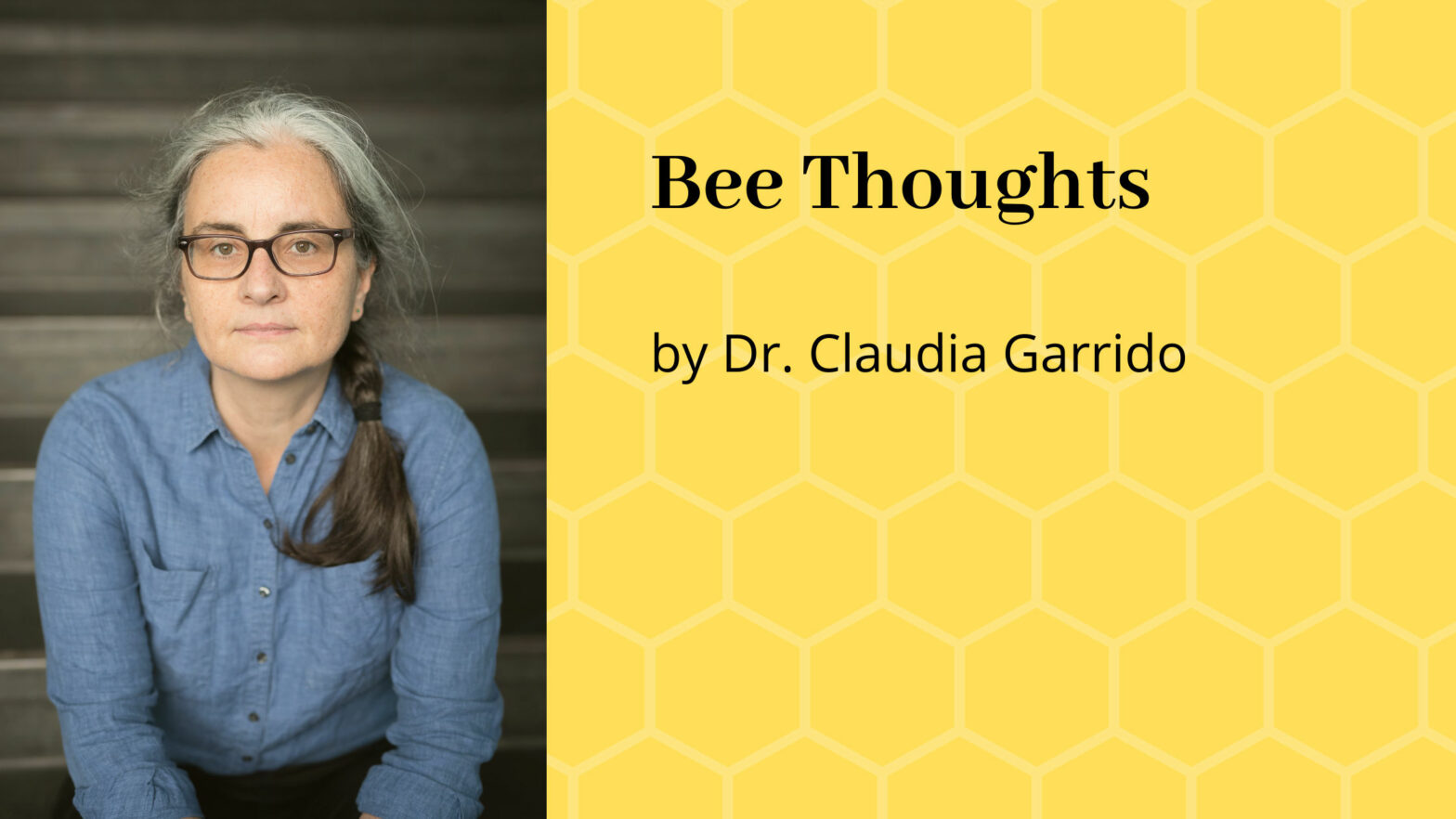Varroa resistance breeding is often handled like the “solution” against the mite. Why I think this is wrong and even dangerous.


Varroa reinfestation is a risk that has to be considered when treating against the parasite. Coordination and good practices help.

From time to time I hear from a beekeeper: “Treatment xyz doesn’t work anymore!”. The thought behind this is the doom scenario of resistance against varroa treatments. Perhaps I shouldn’t call it a doom scenario; resistance is a real issue. But there are nuances and ways to avoid it. But let’s start from the beginning….

Bee health and product quality are closely linked. Especially, since varroa needs regular treatments. Managed honey bees are a food producing species, so treatments mustn’t affect the honey or other hive products for human consumption. This includes also wax. First, because it may be used for cosmetics. But the main reason is that small wax…

You may be wondering “Varroa treatment rules? Wasn’t it enough to study the compounds?”. Well… yes and no. This is the second step we’re talking about this time. The characteristics of the treatments are the foundation for the treatment you chose for your operation. But then you have to use them in a way that…

Something I notice quite often: beekeepers, vets and authorities don’t really know about varroa treatments and their characteristics. This leads to bad decisions and wrong assumptions. Which, in the end, leads to problems with the treatments. The issues are different for beekeepers or authorities, but wrong assumptions are always the foundation of it. So, let’s…

0